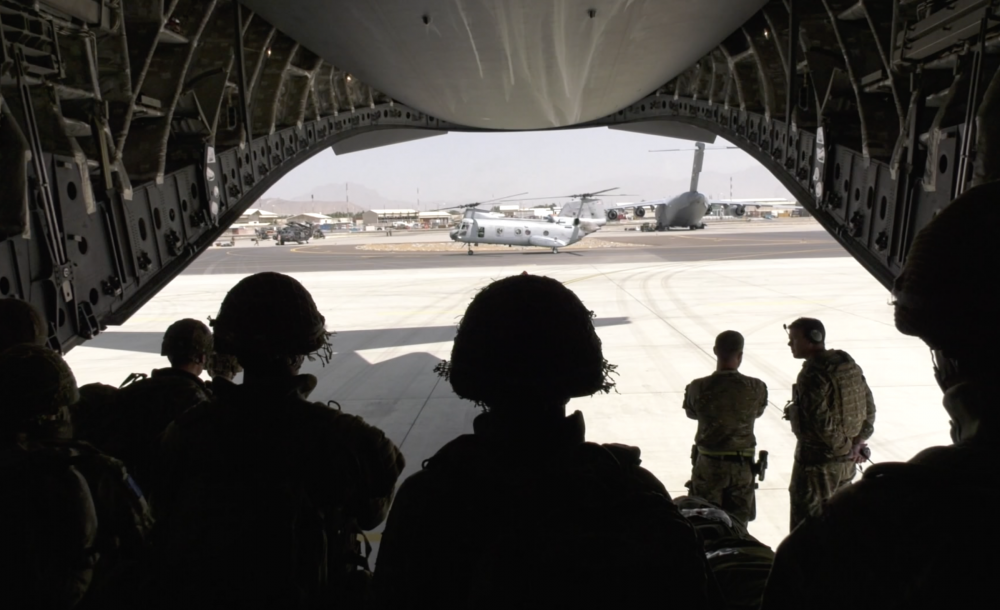SDSR 2015 included plenty of military capability up arrows. It confirmed the replacement of the Vanguard submarine (now known as the Dreadnought programme). It introduced two new rapid strike brigades for the Army, reinvested in a maritime patrol capability (the Poseidon P-8A aircraft), and allocated an additional £2 billion for special forces. However, as commentators pointed out shortly afterwards, the review completely overlooked logistics. Indeed, the phrase ‘joint logistics’ did not appear anywhere in the 94 pages of the document. Five years later, unless the defence logistics community finds its voice very quickly, the same is likely to happen again.
The recent history of Joint Logistics
Joint logistics has a proud heritage in the relatively recent era of UK expeditionary operations. The first edition of the Joint Warfare Publication for Joint Operations – JWP 3-00 – written in 2001 confirmed logistics as a component command and control node alongside maritime, land, air and special forces. In 2005, the Standing Joint Force Logistics Component Headquarters (JFLogC HQ) was established at Northwood.
During its first four years, the Standing JFLogC HQ deployed on three major operations. In 2006, as the UK National Support Command, it commanded the deployment of forces into Helmand Province as part of Op HERRICK IV. The following year, it returned to Afghanistan as the nucleus of the Joint Force Support HQ. Finally, in 2009 it commanded the redeployment of UK forces from Iraq – Op BROCKDALE. However, since then it has been used much more sparingly, although it did oversee and deliver the logistics for Ex Saif Sareea III in 2018.
Joint Logistics doctrine today
Today, UK doctrine for Joint Operations has been superseded by NATO doctrine. The relevant publication, AJP-3 no longer recognises logistics as a functional component. Instead, it directs that joint logistic operational- and tactical-level activities should be commanded by a Joint Logistics Support Group (JLSG), described in NATO’s logistics doctrine as a “component-like” organisation.
However, the JLSG gets no mention in the MOD’s Future Force Concept, the Joint Concept Note that provides the principal Defence-level guidance and coherence for all future force development in the strategic headquarters and in all commands. Indeed, this document devotes just a single short paragraph to the consideration of joint logistics. Moreover, it only briefly discusses the subject piecemeal within the maritime, land and air domain sections.
And therein lies the problem.
How Joint Logistics fits in Multi Domain Operations of the future
The UK has embraced the concept of multi domain operations (MDO). In its 2018 Modernising Defence Programme report, the MOD confirmed the joint force consists of five domains – space, cyberspace, maritime, land and air. However, as with its 2015 predecessor, the report completely overlooked joint logistics. Part of the problem can be traced to the genesis of the MDO concept within the United States military. With the exception of the Navy, which appears to have eschewed MDO altogether, all of the other warfighting US services are developing their own version autonomously within their own environment. Furthermore, the US Army, USAF and the Marine Corps are still large enough to maintain their own enablers and manage their own separate supply chain. They do not have to worry about how joint enablers fit into their view of MDO.
Unfortunately, that is not the case for the UK. Although still in its infancy, the MOD’s development of MDO must consider the role of all joint enablers, including logistics. This means it cannot simply fall into line with what its American colleagues are doing, a point strongly made by Air Marshal Richard Knighton, Deputy Chief of the Defence Staff Military Capability, in his 2019 Lord Trenchard Memorial Lecture at RUSI. Already the single services are moving ahead with logistic concepts that are primarily focused on their own domain. For example, the UK’s logistic contribution to Defender-Europe 20, the deployment of a US army division-size, combat-credible force from the United States to Europe later this year, has no joint focus and appears to be managed entirely by the Army.
Conclusion
In his annual RUSI lecture last December, the Chief of the Defence Staff, General Sir Nick Carter, recognised some significant challenges associated with readiness, resilience and ‘just in time logistics’. Finding the answers to these questions is the responsibility of the newly created 3* Chief of Defence Logistics and Support (CDLS), under the auspices of the MOD’s Support Transformation Programme. This initiative is heavily focused on leveraging efficiencies within support budgets, as well as taking command of the support capabilities within the strategic base. CDLS must, however, also become the champion for joint logistics, particularly as the government’s integrated security, defence and foreign policy review gathers pace later this year. If he does not, there is every likelihood that the UK’s ability to sustain the joint force, which has been so successfully developed over the last twenty years, will simply wither on the vine.





